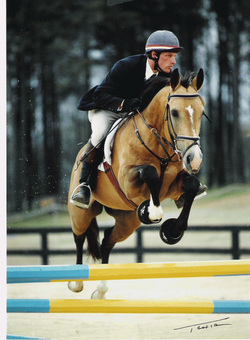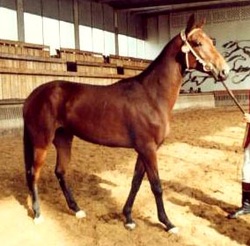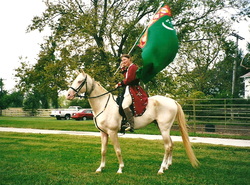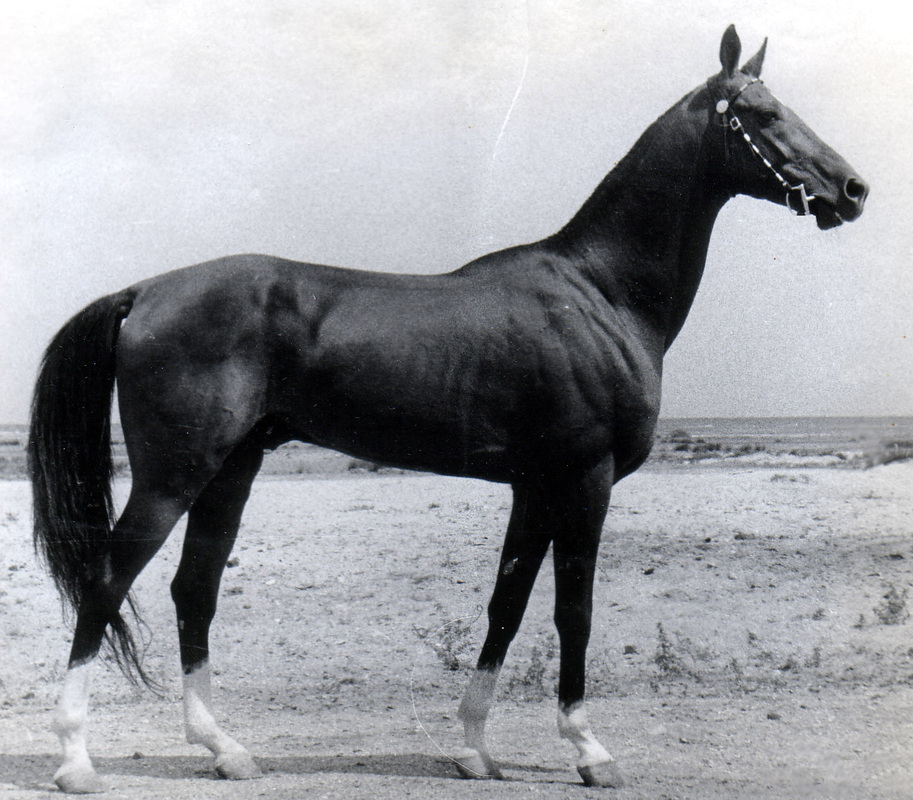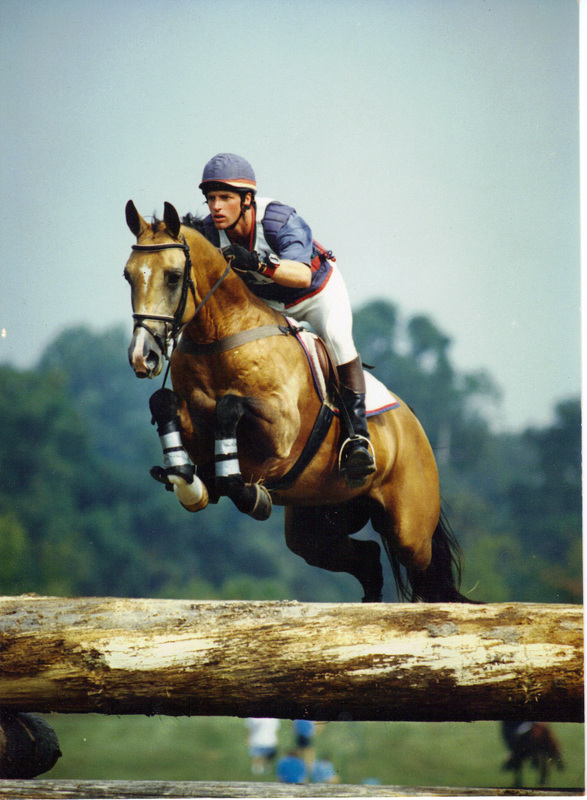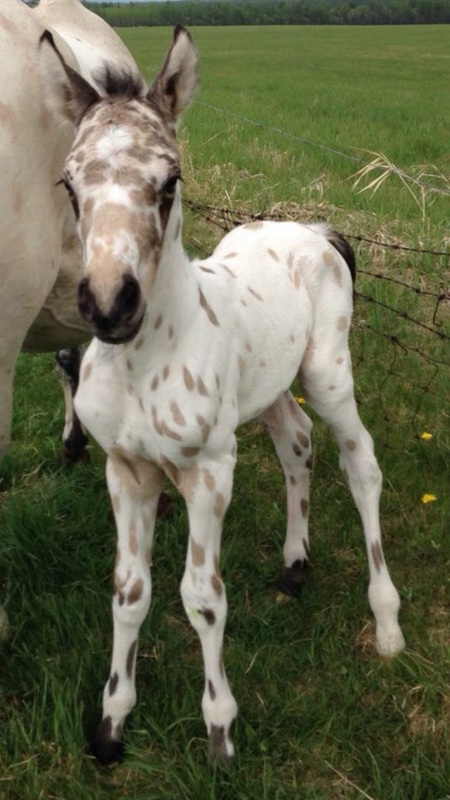An endangered, ancient breed with modern versatility…
the Akhal-Teke.
From warfare mounts of the Central Asian nomadic peoples, to a coveted treasure noted by Chinese Emperors, Alexander the Great, Marco Polo, and other great figures, to key foundational blood for the Thoroughbred horse, to favored Russian and Turkmen calvary mounts, and even to Olympic Gold… the Akhal-Teke horse has proven it can do it all.

…the Horse of Legends

“These horses are an unearthly breed.
Perfection, miracles of miracles.
Alloyed breakthrough of wind and freedom,
Gold that came down from heaven.
Silhouettes woven by the sun,
Thin manes of flying silk.
They are sunsets,
Dawns and sunrises,
Painted by their smooth sides.
The constitution of cheetahs,
The grace of gazelles,
The pride and dignity of the eagle…
It is no coincidence that the ancients admired,
By the beauty of the Teke horses.”
– Akhaltek Inform Almanac, 2010
About
The Akhal-Teke is a modern athlete with an ancient heritage dating back more than 3,000 years. The breed has been treasured throughout history for its great endurance, personable nature, and unearthly grace. Lean and elegant, with sweeping gaits and a free shoulder, often with a metallic coat and a hooded almond shaped eye, it is easy to focus on their appearance. But it is their combination of intelligence, empathy, and fortitude that makes the Akhal-Teke an outstanding partner horse.
Many Akhal-Tekes demonstrate an aptitude for the rigorous sport of Eventing, where a true partnership is required; along with speed, stamina and agility, to negotiate the triple challenge of dressage, cross-country and stadium jumping. In North America, Akhal-Tekes are competing at all levels of Eventing, with several having competed at the highest levels of the sport. US Akhal-Teke Sengar and rider Craig Thompson were long-listed for the US Olympic Team in 1996; Kandar and Karen Yates were long-listed in 2000.

The Akhal-Teke is legendary for its stamina. The breed’s typically lean build, quick pulse-down and efficient, silky-smooth trot also contribute to their increasing popularity in the challenging sport of endurance riding. In 1935, 15 Akhal-Tekes rode 3,000km from Ashkhabad to Moscow in 85 days, crossing through approximately 299 miles of the Kara-Kum desert without water (source). The trip proved their worth as a national treasure for Turkmenistan and Russia. Every year today, more people discover the comfort, intelligence, and willing attitude of the Akhal-Teke on the trail.
Tekes can be found in every discipline that requires athleticism and a good mind, from show jumping to western events or polo. They also thrive in non-competitive activities or exhibitions. If you enjoy working cows, parades or heading out on the trail, most likely your Akhal-Teke will too. They are an extremely versatile breed. They were chosen by Alexander the Great during his conquests, by Sergej Filatov to take him to Olympic gold, and by early racehorse breeders to shape the Thoroughbred. An Akhal-Teke could be the horse to realize your dreams with next.
More than three thousand years ago… in the Central Asian steppes of what is now Turkmenistan, a horse unlike no other emerged. They evolved alongside the nomadic peoples, some say alongside alfalfa itself, in a place nestled deep in the Karakum desert between the ancient Oxus River valley and the Kopet Dag mountains. Here, like the eolian hollows of the region, these horses took on the shape of the wind and the glow of unending sun. It is believed they were born of the snake, cheetah, and eagle, and because of their adaptive thin skin and metallic coat the Chinese thought they sweat blood. They were called the Heavenly Horses (source). They became the Akhal-Teke.
The Akhal-Teke became a horse of many names, due to its mythos and how it dispersed over the millenia. They were most often called the Turkoman, Turkmen, or Turk horse, for the Turkic tribes of their Middles Ages homeland. In ancient times, they were also known as the Nisean horse, the highly sought after royal mounts of Persia (source). The Romans, Chinese, and Scythians are all believed to have fought and traded for the “Heavenly Argamak”, a term for the breed that is still used by hippologists today (source). The horses’ long, slender ears and stories of bony protrusions on their head also reminded the ancients of dragons, earning them the additional Chinese nickname of Soulon, or “vegetarian dragon” (source). The Akhal-Teke lived closely with Central Asian nomadic tribes, sharing their tent and subsisting on meager rations high in protein. The region’s resources and migratory way of life did not support large herds, so the breed existed in pockets across the steppes. Their treasured speed and stamina made them essential for transportation and warfare.
The Akhal-Teke horse was so coveted they became the target in the first war over horses in 104 BCE and 102 BCE, deemed the War of the Heavenly Horses. The war was fought between the Chinese Han Dynasty and the Persian Empire, and in victory, the prize of “T’ien ma” or Heavenly Horses allowed China to grow a strong cavalry (source).
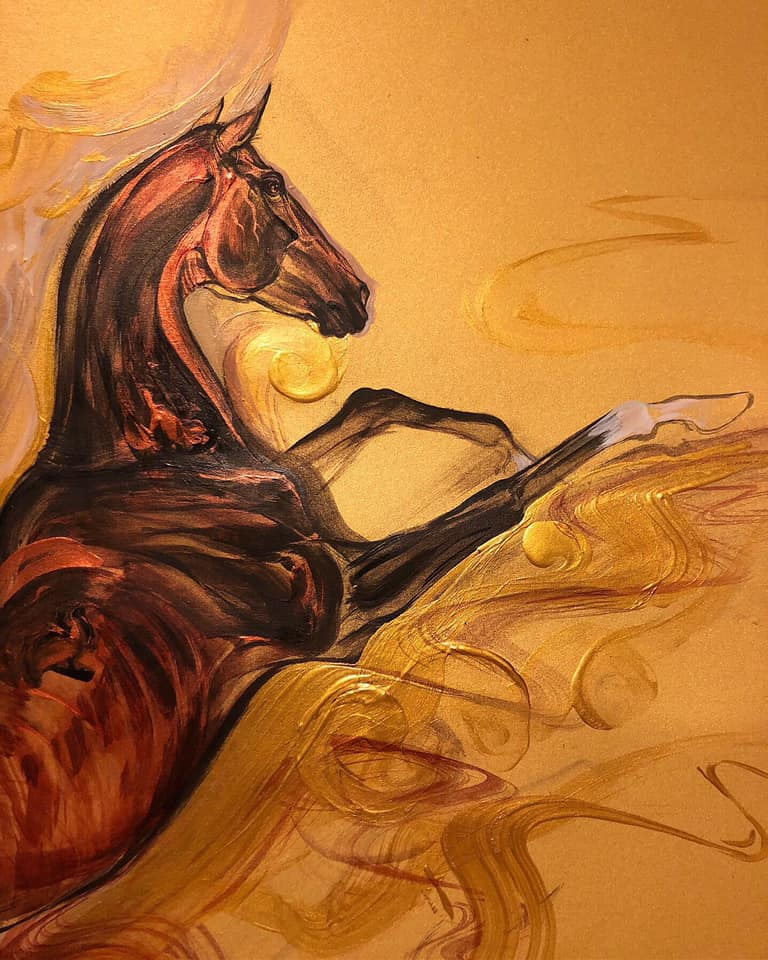
“When nature created
In some inspired moment
Snakes, cheetah and eagle
Single alloy –
Then there was
Tekinets, you!
Whose gaze is deep
As if he remembers Mithridates.
Whose neck is a quivering stream
Living silver and gold.
Whose step is even, slightly ringing
Stones of ancient decoration …
Horse!
My kingdom for a horse! …
But where are the worthy ones for the kingdom? “
– Irina Khienkina
Artwork by Lubovvv Mischenko
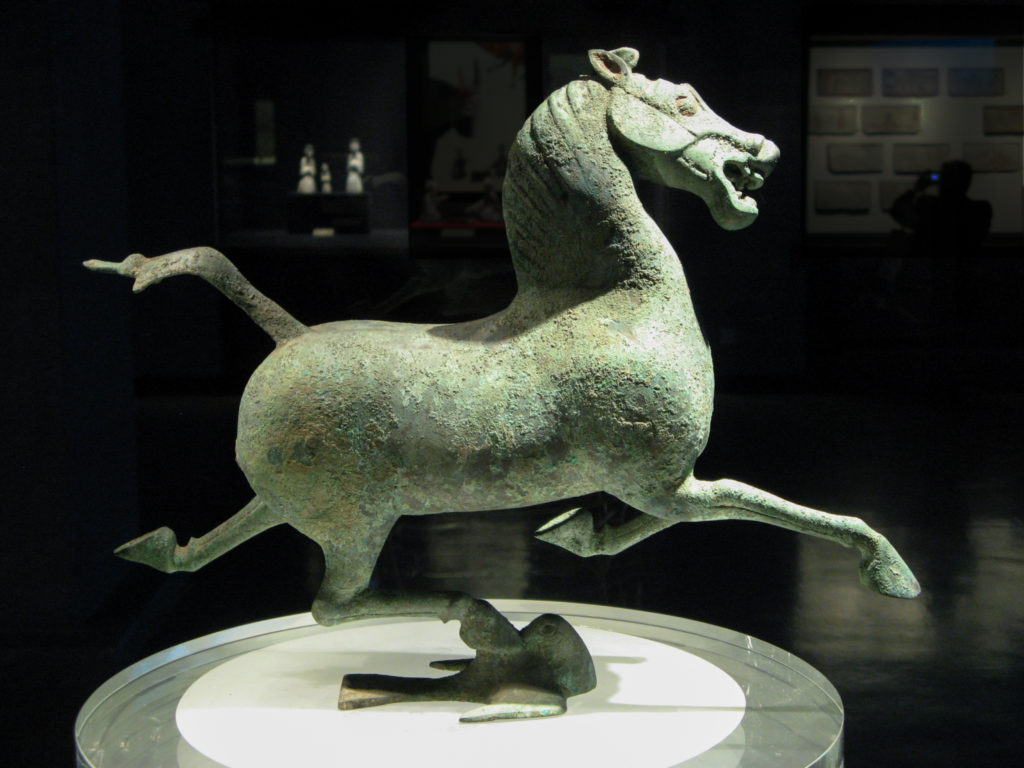
The Chinese were not the only ones who revered the ancient Akhal-Teke. Alexander of Macedonia’s famous mount, Bucephalus is believed to be a predecessor of the modern Akhal-Teke. During Alexander’s invasion of Persia, he “[demanded] a tribute of thousands of Persian horses” (source). In 480 BCE, King Xerxes proved the great racing prowess of Persian horses by beating the decorated horses of Thessalonia. The blood of the two was allowed to mix after he conquered the region in order to improve the Thessalonian horse (source). Indeed, the Akhal-Teke was brought into racing stock throughout the ancient world. It’s no wonder why later, in the development of the early Thoroughbred, they–then called Turks–were sought after and imported for breeding. Famous foundational Turk horses for the Thoroughbred include Darcy’s Yellow Turk, Helmsley Turk, and the well-known Byerley Turk. DNA and historical studies also suggest that many horses imported as “Arabs” or “Arabians” were actually Turks. It is even possible that some lines of the Arabian horse crossed some with another breed such as the Turkoman (source). In any event, the Akhal-Teke has shown throughout history that it crosses well with other breeds, often to great benefit of the bloodline. Today, the breed aids in the recovery of the Nez Perce horse and is used to create competitive sporthorses. It is said that “the Akhal-Teke horse ‘possesses the last drop of that valuable blood from which all the breeds of well-bred horses have been developed’ (source). One reason it is so important that we preserve them.
The Turk horses gained their modern name, the Akhal-Teke, after Russia took over Turkmenia in 1881, “combining the name of the Teke Turkmen tribe and the Akhal oasis in the foothills of the Kopet-Dag mountains” (source). The blood of the Turkmen horses in this area had been kept meticulously pure, making them living history and particularly valuable. In turn, they became the national emblem and treasure of Turkmenistan.
The Russians over time restored attention to the Akhal-Teke and saved it from extinction through careful breeding. They also used the breed to develop the Don, the Orlov Trotter, and Russian Thoroughbred lines (source). It’s been speculated that Peter the Great’s favorite mare, Lisette, had Akhal-Teke qualities, perhaps showing early Russian interest in the breed (source). Though they are not native to Russia, Akhal-Tekes have become a prominent favorite, even a status symbol, and most of their population is found in Russia today. Many Akhal-Tekes still reside in Turkmenistan as valued family members, continuing to show their personable and sensitive natures. They are also the primary racehorse breed there. Read more about the Akhal-Teke’s modern history post-1880s below.
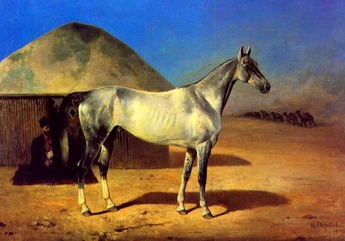
A Snapshot of Tekes in Turkmenistan Today
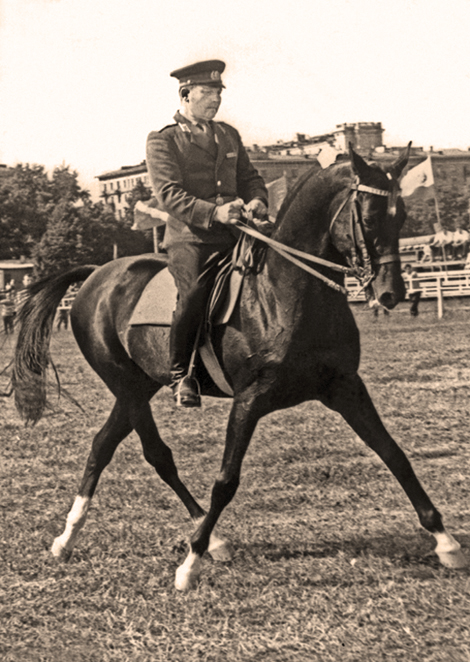
Sergei and Absent, from Akhal-Teke Bulgarian Society
After the industrial revolution in Russia, horses lost a lot of their valued utility. Many were still used in mounted militia, with Akhal-Tekes notably used the Turkmen Calvary, but great numbers died during the World Wars. Bolshevism brought “an end to private ownership and the horses were placed in state-owned stud farms. Rather than surrender their beloved horses to such a fate many tribesmen fled with them to Persia and Afghanistan. When it was then decreed that the horses in the stud farms were to be slaughtered for food, breeders released them into the desert, their natural habitat, thereby preventing what may have resulted in the annihilation of the Akhal Teke breed within the borders of Turkmenistan” (source). Still, the Akhal-Tekes numbers suffered to the point of near-extinction. Fortunately, a few key events turned the tides for the breed.
In 1935, fifteen Akhal-Teke horses, along with another native Turkmen breed and Anglo Akhal-Tekes, famously completed a 3,000km ride from Ashkhabad to Moscow in 85 days. The route required the horses to cross about 300 miles of Karakum desert, rugged swamps, and long stretches of forest (source). At the end of the ride, the Akhal-Tekes “arrived in significantly better condition than the Anglo-Teke crosses, impressive evidence for the superiority of the purebred Akhal-Teke for hardiness and endurance” (source). The event proved to Russia that the horses were finest in their purity and that the breed should not be diluted.
One of the Akhal-Teke horses who completed the ride was a grey stallion named Arab. He was gifted to Stalin and later became a champion in eventing and jumping, even setting a world record at the age of 16 (source) and winning the “‘The Cup of the Soviet Union’ in 1949” (source). Arab went on to become a successful stud and sired one of the most well-known Akhal-Tekes in modern times, the black stallion Absent (sometimes spelled Absinthe). Absent’s name brings with it a sense of pride for the Akhal-Teke as an elegant, modern athlete. Under the keen and sensitive direction of rider Sergei Filatov, Absent secured the first Olympic Gold victory for Soviet Russia in 1960. His legacy includes many progeny with the same aptitude for dressage and talent for jumping from his sire Arab. In fact, “Russian Grand Prix rider Inessa Poturaeva [competed] on a grandson of him, Amaretto” (source).
In 1941, the first official stud book with Akhal-Tekes was published, however in 1973 the All-Russian Institute of Horsebreeding (VNIIK) was established as the official international Akhal-Teke stud book for their recovery.
Highlighting their prized nature, the Akhal-Teke have been given as political gifts for ages. In recent centuries, they have been gifted from Turkmenistan to England, Russia, and France. “In 1956, for example, Nikita Khrushchev presented Queen Elizabeth the bright golden-dun stallion Melekush. So the story goes, grooms tried to clean off what they thought was an unnatural polish, but Melekush glowed even more awash” (source). This practice also helped improve their renown internationally.
In addition to breeders in Turkmenistan, several key Russian stud farms are credited for preserving the breed into the modern day, and now the Akhal-Teke can be found worldwide. Their numbers are currently over 6,000 globally and steadily growing, as is their popularity. Unfortunately, the breed is still at risk, especially because they are spread out and many regions have limited genetic pools. The Akhal-Teke is considered a “threatened” heritage breed by the Livestock Conservacy, and requires continued vigilance for futures generations to enjoy. The Akhal-Teke Association of America is honored and excited to share in this mission!
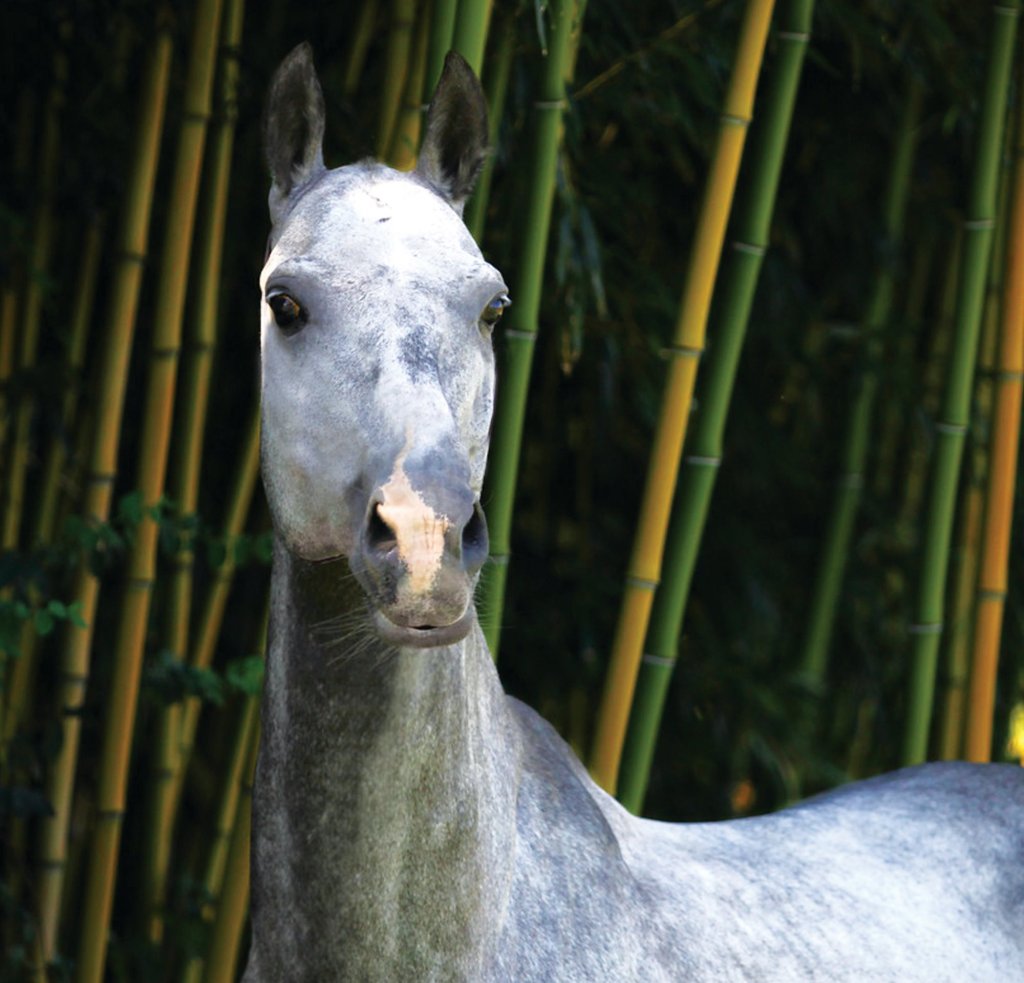
How did Akhal-Tekes come to the US?
Phil and Margot Case, of Shenendoah Farms in Virginia, were the first Americans to import Akhal-Tekes to the U.S. in 1979. Two of these horses were a Peren Line stallion named SENETIR (Sektor x Altin), and an Arab Line mare, OLIVA. Both were purchased at a Moscow auction in September, 1978. The mare OLIVA was a decendent of the famous Akhal-Teke dressage stallion, Absent. (Absent won the gold medal in Prix de Dressage at the 1960 Summer Olympics in Rome and Individual bronze medal in the 1964 Summer Olympics in Tokyo, ridden by Sergei Filatov… as well as Soviet Team Gold at the 1968 Summer Olympics in Mexico City, ridden by Ivan Kalita). With SENETIR and OLIVA, Phil and Margo started their breeding program, and in 1982 they founded the Akhal-Teke Association of America.
Phil and Margo went on to produce many purebred Akhal-Tekes who competed to the upper levels of 3 day eventing, jumping, and dressage. Since that time, the Association has grown and so has the interest in the breed. The goals and purpose of this Association are to establish, maintain and operate a non-profit Association comprised of owners, breeders, and friends of the Akhal-Teke for the preservation, perpetuation, and promotion of the breed, and to provide educational activities regarding the Akhal-Teke in North America.
Every year, a 3 day Conference is hosted by one of the members of the Association and informative workshops, speaking/slideshow presentations, and demonstrations are held as well as an Akhal-Teke parade. The Conference is a chance for members to greet one another, since most are scattered throughout the U.S. and abroad, and to increase education and awareness about the Akhal-Teke. The Conference is open to members and non-members alike, and you don’t have to own an Akhal-Teke to participate in the festivities.
